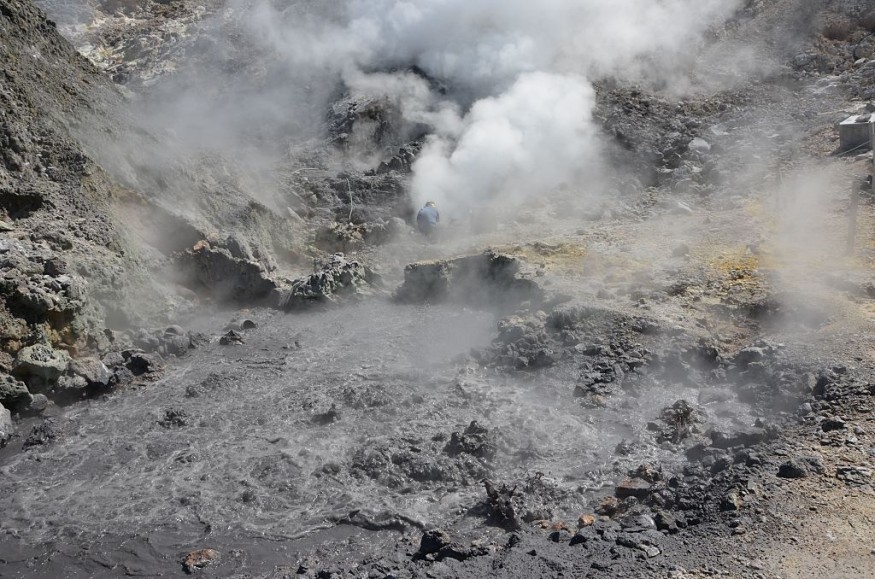
The Campi Flegrei caldera in southern Italy, accounts to one of the most populated active volcanoes on Earth, with over 2.2 million people living therein. Since 1950, its grounds had suffered repeated vertical uplift episodes and subsidence phases.
Last Tuesday, 29 March, NewsBreak reported a 3.6 magnitude earthquake at Europe's supervolcano Campi Flegrei located under the western outskirts of the city of Naples and under the Gulf of Pozzuoli. The quake struck at about a depth of 1.8 miles, at approximately 7.45 P.M., according to Italy's earthquake monitoring body. Citizens of the areas of Pozzuoli, Bagnoli, Agnano and Fuorigrotta, after feeling the shock, hurriedly poured into the streets.
According to Napolike, the latest quake seems to have been stronger than the one felt on 16 March, just in the same area. The seismographs of the Vesuvian Observatory confirmed the earthquake was at 2.8 km, which is why it felt very strong, with the epicenter in the Solfatara area.
The biggest earthquake ever recorded in the region was a magnitude 4.2 in 1984.
Seismicity in the "Burning Field"
A new study published in the journal Scientific Reports analyzed seismicity patterns recorded at volcanoes at Campi Flegrei since 2000, to proxy the processes involved in the long-term-unrest of this densely populated caldera.
The volcanic activity in the region has been producing explosive eruptions in the past for at least 60,000 years, including two super eruptions, according to Martina Ulvrova, from ETH Zurich's Institute of Geophysics. The last volcanic event recorded was known as the Monte Nuovo eruption in 1538, which was "fairly small". Since then, there has been years of "huge uplift" of the ground, which also raised the coastal town of Pozzuoli by up to 4 m.
In 1982-1984, more than 16,000 earthquakes accompanied an uplift of almost 1.8 m.
Could be Entering a "Pre-Eruptive State"
In the past 60 years, the region has only shown signs of unrest and uplifted sites, unlike the much larger eruptions some 40,000 years back. However, scientists predict this could be a "pre-eruptive state" where eruptions could be imminent at some point in the future.
Should the volcano erupt in the future, models suggest that it could produce a 100-foot tsunami, severely impacting coastal areas like Pozzuoli and Sorrento.
One of the purposes of the study about the seismicity of Campi Flegrei is to estimate the mechanisms involved - an efficient and very effective approach in identifying possible precursors of eruptions. Researchers say that the accurate location of seismicity and estimate of source mechanisms "can resolve fault systems and track fluid migrations through volcanoes."
Anna Tramelli, from Italy's National Institute of Geophysics and Volcanology, told Newsweek that tectonic earthquakes at the Campi Flegrei volcano are "not an alarming signal of activity."
"An alarming signal would be a migration towards the surface or a local surficial deformation," she said.
In addition, the study reported that the uplift episodes are believed to be governed by overpressure of the shallow hydrothermal system, magma movement through the crust, or both phenomena.
© 2025 NatureWorldNews.com All rights reserved. Do not reproduce without permission.





